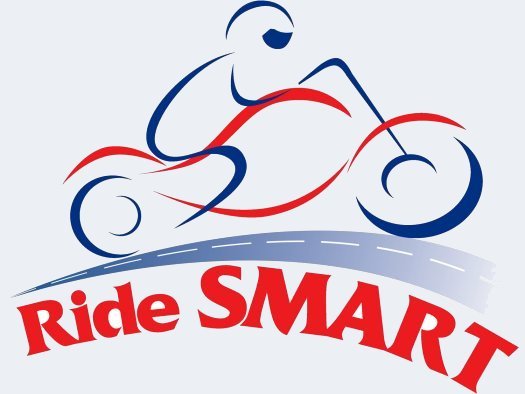The Rhode Island Retreads are committed to rider safety. We understand that riding a motorcycle takes more skill than driving a car and has more risks involved. No matter how long you ride, there are skills you can improve and new tips you can learn to reduce the risk, and increase your enjoyment of the sport.
This page includes some information you’ll want to know if new to the Retreads, or just want to brush up on your knowledge. Featured articles will change periodically so visit this page often.
If you have a topic you would like to see featured, or some information to share, we would love to hear from you.

 Why Do Motorcycle Helmets Expire?
Why Do Motorcycle Helmets Expire?
Unfortunately, nothing lasts forever. Like pretty much all items made by humans, they do have a limited shelf life. If you are lucky enough to go through your helmet’s lifespan without cutting it short due to an accident, your time with it is still limited.
First, we need to consider how helmets are constructed. At one end, you have the helmet’s inner, or comfort liner. The comfort liner provides you with contact and, of course, a comfortable fit. Nowadays, they can be personalized for optimum fit and are often removable and washable. On the other end, you have the helmet’s shell. The shell is the first line in the helmet’s defense. Helmet shells are made out of either some sort of polycarbonate or fiberglass. In some cases, the fiberglass is used with Kevlar or carbon fiber to cut weight, while in other cases, the shells are a combination of the materials. Nowadays, a handful of helmet shells are even made solely of carbon fiber. The shell allows the helmet to maintain its shape. Additionally, it prevents any penetration while bearing the brunt of any abrasion.
And then you have the stuff in the middle: the inner EPS (“Expanded Polystyrene Foam”) liner. That layer is what really protects you. In most cases, EPS liners are composed of multiple pieces, while companies like Arai prefer to use a one-piece unit. Think of your helmet as more of an “energy management system” rather than as a piece of armour.
As mentioned, the shell is basically what dictates the shape of the helmet because the EPS liner cannot be totally rigid and/or solid. Polystyrene or polypropylene are not designed to hold a permanent shape, especially under duress. They naturally degrade over time. If you take a bare EPS liner and subject it to the same impact and abrasion forces the shell would take, then you’ll find that it will break.
The EPS liner’s job is to cushion your head. How it does this is two-fold: first, it absorbs the force from any external impact; second it absorbs the force as your head decelerates into your helmet. Through that latter type of cushioning, the EPS liner basically gives your head a little more room and time to decelerate to a (hopefully) safe stop. This, in turn (and again, hopefully), prevents any injury to the brain, or at least minimizes the possibility. Basically, the EPS liner compresses and deforms so that your head won’t. Simple, but effective.
Polystyrene is, as you might know, a very commonly used material. It is to make packaging or containers. It is also known to biodegrade very slowly…but it still biodegrades. Your helmet is likely to live a very active lifestyle, so it will be exposed to a lot of elements. How and where you store your helmet will also have an effect on it. Not all elements are detrimental to the chemical properties of the EPS liner, but some will help it degrade over time. It is therefore handy to think of your helmet as having a limited lifespan.
Riders will generally replace their helmets every three to five years, while some manufacturers will recommend that you replace your helmet roughly seven years after its production date. You can usually find the production date on a sticker underneath a section of the comfort liner.
Your motorcycle helmet is your most important piece of safety gear. If its capabilities are compromised over time, then your best course of action is to replace it periodically.
(This article was taken from motorcycle-central.com written March 9, 2015)
